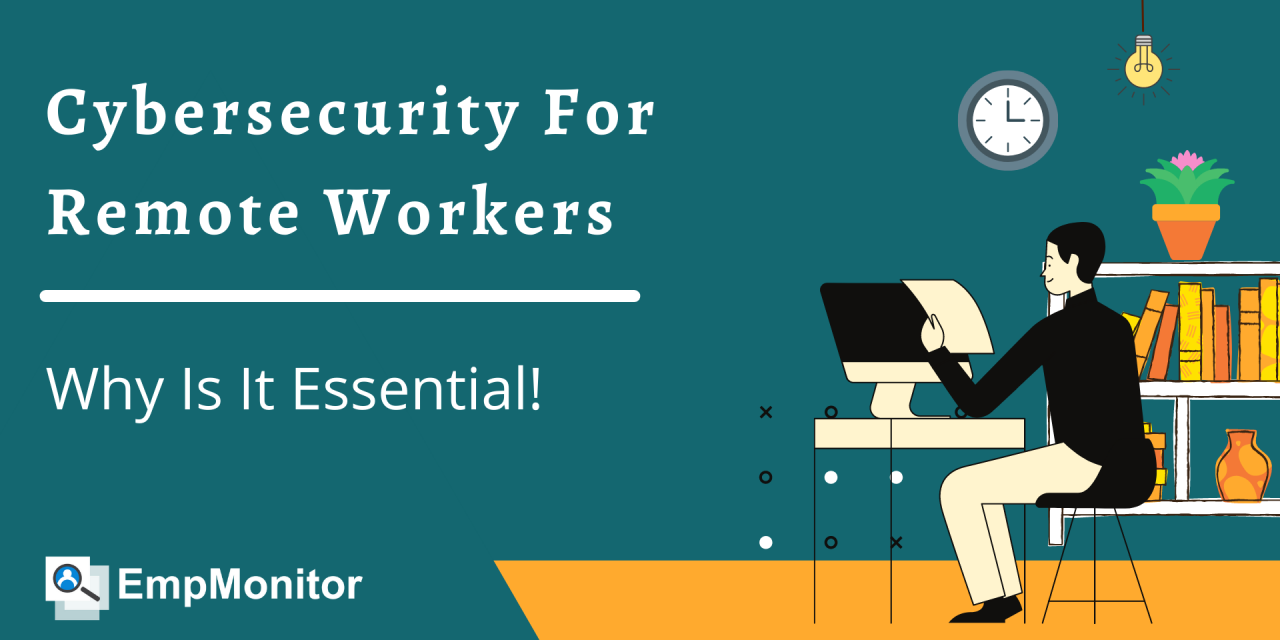Introduction
As remote work becomes increasingly common, it is crucial for individuals and organizations to prioritize cybersecurity. With employees accessing company data and systems from various locations, the risk of cyber threats and attacks is heightened. This blog post aims to provide essential tips and tools to enhance cybersecurity for remote work, ensuring the protection of sensitive information and maintaining a secure work environment.
1. Use a Secure Network Connection
When working remotely, it is crucial to connect to a secure network. Avoid using public Wi-Fi networks as they are often unencrypted and can expose your sensitive data to potential hackers. Instead, use a virtual private network (VPN) to create a secure connection between your device and the internet.
2. Keep Your Devices Updated
Regularly update your devices, including your operating system, antivirus software, and other applications. These updates often include security patches that address vulnerabilities and protect your devices from cyber threats.
3. Implement Strong Passwords
Use strong, unique passwords for all your accounts and devices. Avoid using easily guessable passwords such as your name or birthdate. Consider using a password manager to securely store and generate complex passwords.
4. Enable Two-Factor Authentication
Two-factor authentication adds an extra layer of security to your accounts. It requires you to provide a second form of verification, such as a code sent to your mobile device, in addition to your password. Enable this feature whenever possible to protect your accounts from unauthorized access.
5. Be Cautious of Phishing Attacks
Phishing attacks are a common method used by cybercriminals to trick individuals into revealing sensitive information. Be cautious of suspicious emails, messages, or links, especially those asking for personal or financial information. Avoid clicking on unknown links and verify the legitimacy of the sender before providing any sensitive data.
6. Secure Your Home Network
Ensure that your home network is secure by changing the default password of your router and enabling encryption. Use a strong, unique password for your Wi-Fi network and consider hiding the network name (SSID) to prevent unauthorized access.
7. Use Secure Communication Tools

When communicating with colleagues or clients, use secure communication tools that encrypt your messages and calls. Avoid using unsecured platforms that may expose your conversations to eavesdropping or interception.
8. Backup Your Data Regularly
Regularly backup your important files and data to an external hard drive or a cloud storage service.
Summary
In today’s digital age, remote work has become a norm for many professionals. While it offers flexibility and convenience, it also introduces new challenges in terms of cybersecurity. This blog post will cover some essential tips and tools to help individuals and organizations mitigate the risks associated with remote work.
The tips will include best practices for securing home networks, using strong and unique passwords, implementing two-factor authentication, and being cautious of phishing attempts. Additionally, we will explore various tools that can enhance remote cybersecurity, such as virtual private networks (VPNs), endpoint protection software, secure file sharing platforms, and encrypted communication tools.
By following these tips and utilizing the recommended tools, remote workers can significantly reduce the likelihood of falling victim to cyber threats. It is essential to stay vigilant and proactive in safeguarding sensitive data and maintaining a secure re More Info mote work environment.
- Q: What is cybersecurity for remote work?
- A: Cybersecurity for remote work refers to the measures and practices taken to protect sensitive information and systems while working remotely.
- Q: Why is cybersecurity important for remote work?
- A: Cybersecurity is important for remote work because it helps prevent unauthorized access, data breaches, and other cyber threats that can compromise the security and privacy of remote workers and their organizations.
- Q: What are some essential tips for cybersecurity during remote work?
- A: Some essential tips for cybersecurity during remote work include using strong and unique passwords, enabling two-factor authentication, keeping software and devices updated, using a secure and encrypted network connection, and being cautious of phishing emails and suspicious links.
- Q: What are some essential tools for cybersecurity during remote work?
- A: Some essential tools for cybersecurity during remote work include antivirus software, firewalls, virtual private networks (VPNs), password managers, and secure file sharing and collaboration platforms.
- Q: How can I secure my home network for remote work?
- A: To secure your home network for remote work, you can change the default password of your Wi-Fi router, enable network encryption (WPA2 or WPA3), disable remote management, and regularly update the firmware of your router.
- Q: What should I do if I suspect a cybersecurity incident while working remotely?
- A: If you suspect a cybersecurity incident while working remotely, you should immediately report it to your organization’s IT department or security team, disconnect from the network, and follow any instructions provided to mitigate the potential impact.


